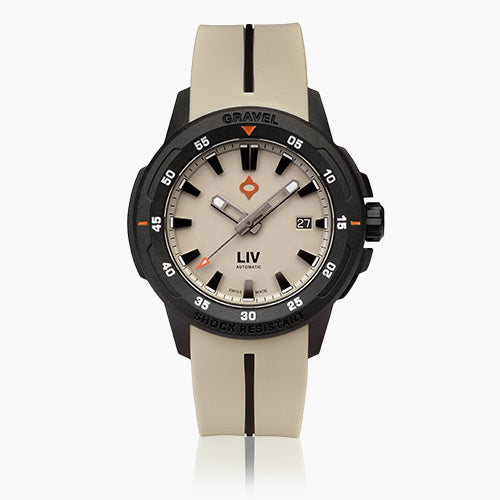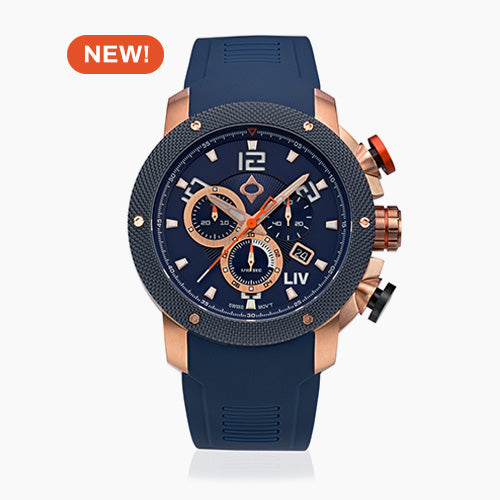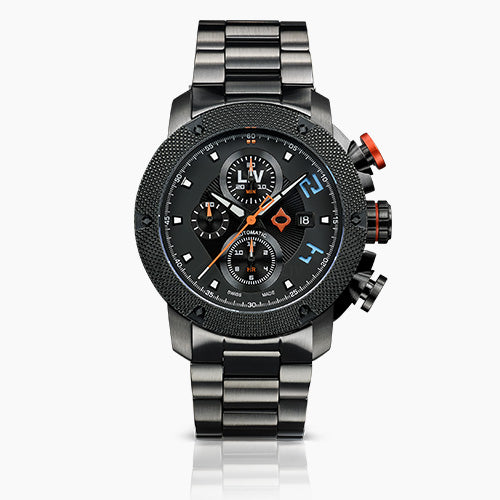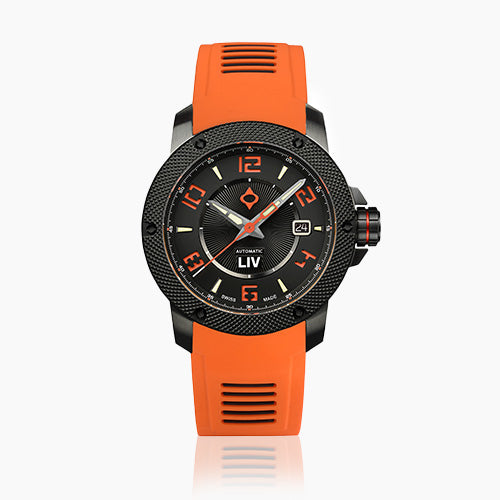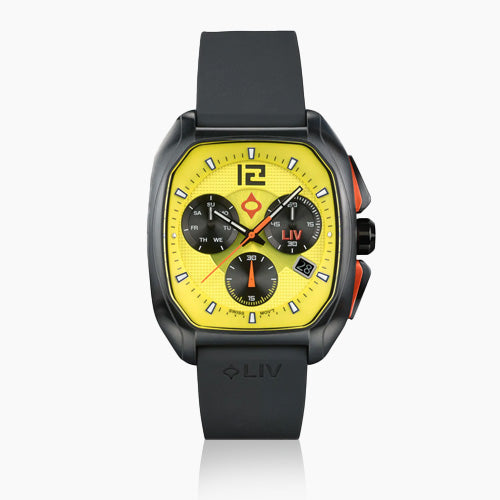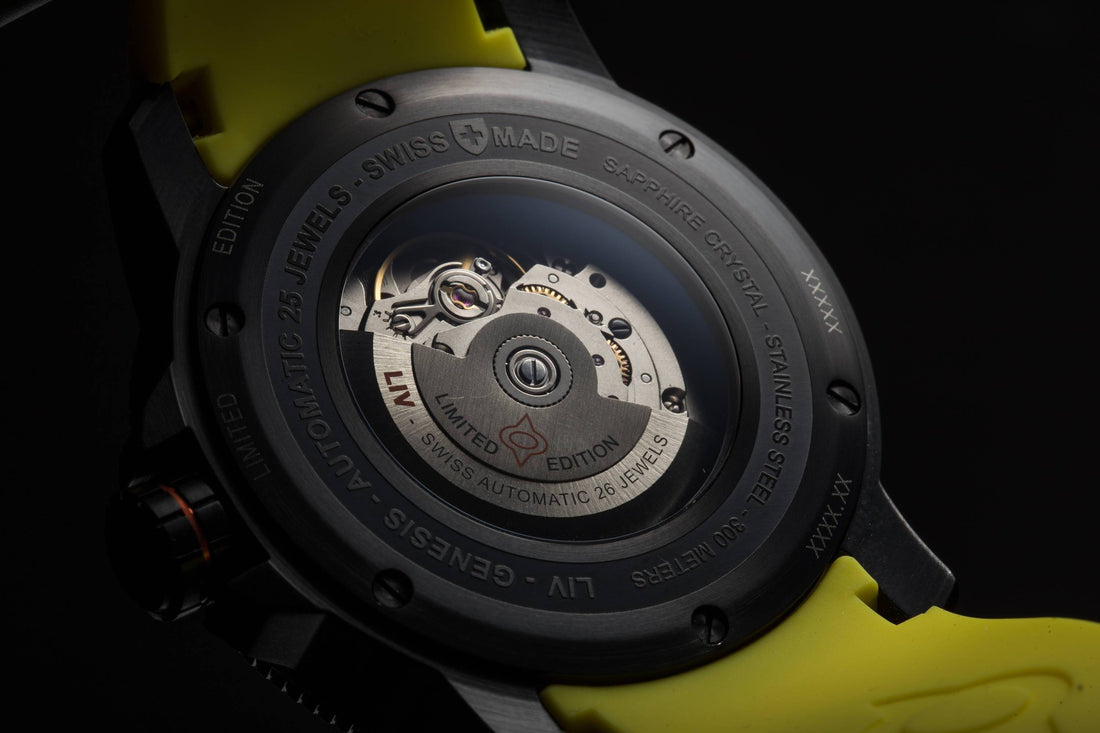
Mechanical Watches: The Complete Guide
Share
MECHANICAL WATCHES: THE COMPLETE GUIDE
If you’ve just bought a mechanical watch, you should know that you’ve become the owner of more than a time-teller. The tiny disc that you’re wearing around your wrist represents the culmination of centuries of science and art. Regardless of whether you put it on solely for special occasions or refuse to leave your home without it, and no matter whether you spent a year’s salary on it or a weekly one, it would serve you well to learn all you can about mechanical watch movements. With that in mind, we’ll explore the intricacies of these wonderful contraptions below!
WHAT IS A MECHANICAL WATCH MOVEMENT?
So, what’s a mechanical watch movement in the first place? Also referred to as the “caliber,” we’re talking about the “engine” of your watch; the tiny powerhouse that allows your watch to perform its functions. The intricate mechanism is there to make sure the hands move as they’re supposed to; while also powering any other complication.
In watchmaker jargon, a complication is any feature or function that a watch has besides telling the time. For example, multiple time zones, an annual calendar, or a chronograph. But in essence, the mechanical movement is crucial for the basic time-keeping function, which is why it’s worth explaining in further detail.
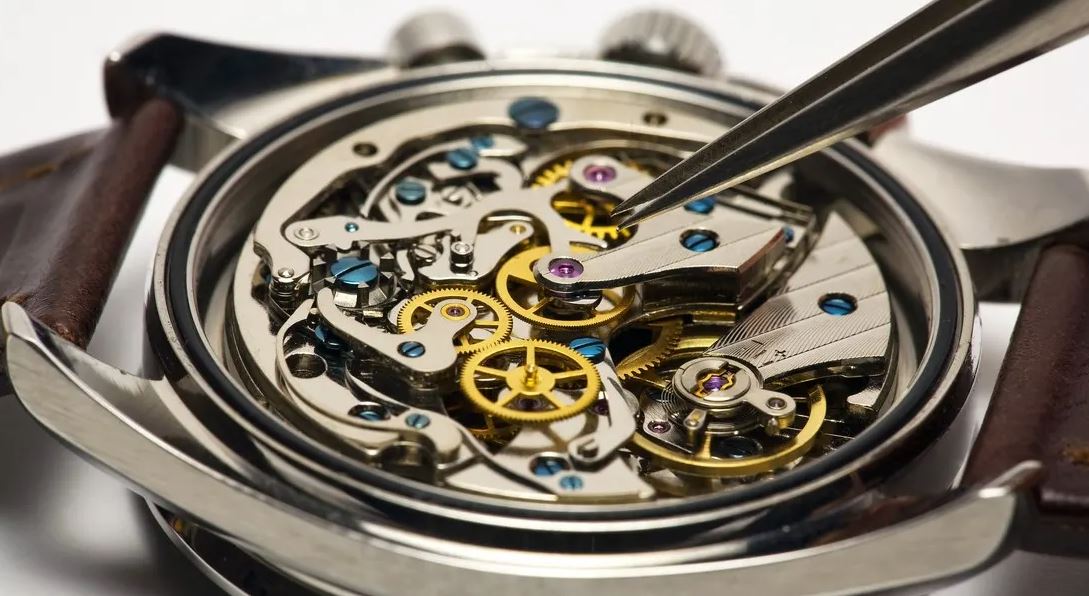
A Mechanical Watch Movement Photo Via: Adobe Stock
HAND-WOUND VS. AUTOMATIC
If you’re only now dipping your toe in the waters of wristwatch enthusiasm, you may have heard about the difference between automatic and hand-wound watches. If you’re not familiar with the difference, don’t worry - we’ll give you a quick run-down here. Basically, an automatic watch is nothing more than a mechanical watch which has a self-winding mechanism.
Or in simpler terms, you won’t have to periodically wind the watch’s crown to keep it running. Conversely, the watch you’d manually have to wind by hand is, wait for it - a hand-wound wristwatch! If you want one of these to operate continuously, you’ll have to wind the crown yourself regularly, usually once a day.
When it comes to automatic (self-winding) watches, the story is a little different. Firstly, there is a rotor that is a part of the watch’s movement. When you move your wrist, the watch is winded by the spin of the rotor, which in turn tightens the mainspring in the watch. A manually-wound watch has no rotor like this, so you perform this part of the job yourself.
WHAT’S THE BEST CHOICE?
These workhorses can be identified by their outer rotating bezel, beefy stainless or rubber straps, larger hands and generous use of lume. Since a square bezel doesn't make sense, these watches are most frequently round although an exception can be made for the iconic Panerai.
A diver's watch deserves a place in every collection. Like a chronograph, most owners will rarely wear their timepiece to its rated underwater depth, but the diver's watch exudes ruggedness and a sense of adventure.
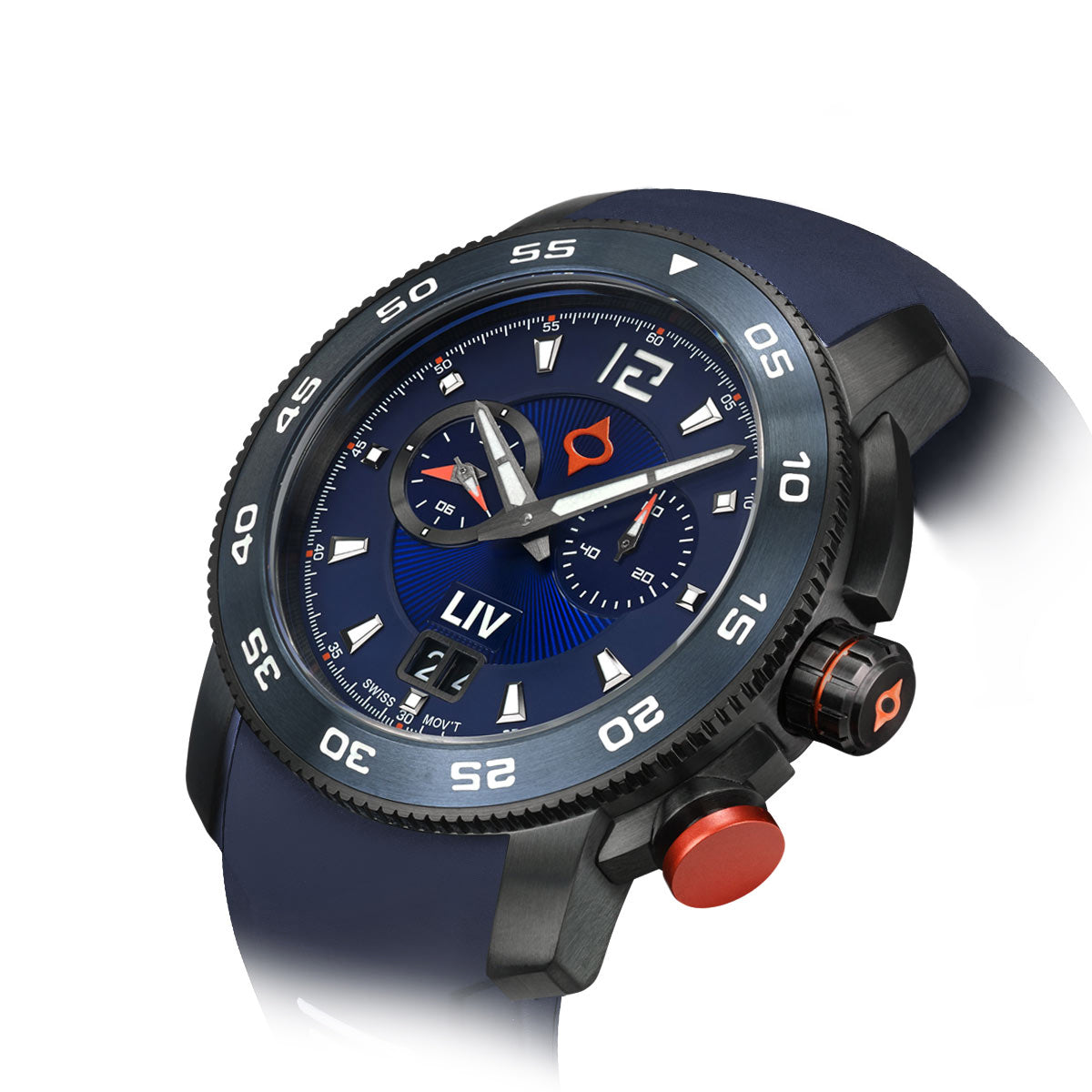
HISTORY OF THE MECHANICAL MOVEMENT
With watches of all kinds being such a ubiquitous part of our everyday culture, you might be wondering when the automatic watch movement was invented in the first place. Ironically enough, there is a degree of uncertainty regarding the timeline and origin of these extremely precise time-tellers. Namely, there is a dispute on whether it was created by Hubert Sarton in 1778 or Abraham-Louis Perrelet a year earlier.
While we’re certain that the invention of the mechanism goes back to the 18th century, we also know that Pierre Joseph de Rivaz first used it in a watch, while John Hardwood would bring the invention to perfection at the beginning of the 20th century. After that, a humble watch repairman who lived near Manchester in Britain would create the first wristwatch that boasted automatic winding.

EXPLORE THE GX-AC SKY BLUE
WHAT MAKES A MECHANICAL MOVEMENT A “MECHANICAL” MOVEMENT?

We’ve used the term ‘movement’ a couple of times throughout this article. So, you may be wondering - why is a mechanical movement called a ‘movement’ in the first place? Basically, because expert watchmakers have designed mechanical watches to function based on a series of wound springs and gears, transferring the energy needed to power the watch.
THE BENEFITS OF A MECHANICAL MOVEMENT VS. AUTOMATIC OR QUARTZ MOVEMENTS
In this day and age, quartz movement watches are much more common compared to mechanical movement watches. The reason for that is pretty simple - it all comes down to cost. The quartz movement watch gets its name from the quartz battery that powers the inner mechanism. Thus, this type of wristwatch has minimal moving parts; watch enthusiasts aren’t fond of them, seeing as they’re not as intricate, and lack the technical engineering and craftsmanship of the mechanical ones.
Naturally, most people use quartz movement watches because they require the least possible maintenance, only relatively rare battery replacements. Seeing as they haven’t got a lot of moving parts that need to be well-maintained, they’re pretty cheap. On the other hand, don’t think that there aren’t quality Swiss watch brands that produce quartz watches as well - they’re just kept to a higher standard of quality than the average ones.
On the other hand, if you have the budget for a quality mechanical movement watch, we definitely recommend getting one; there’s nothing quite like it. For people who appreciate the impeccable craftsmanship of intricate watches, such an investment is a small price to pay.




